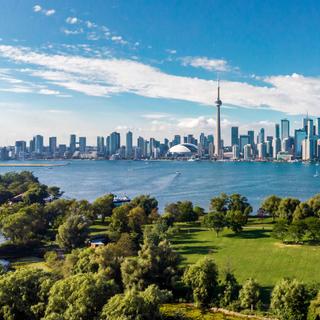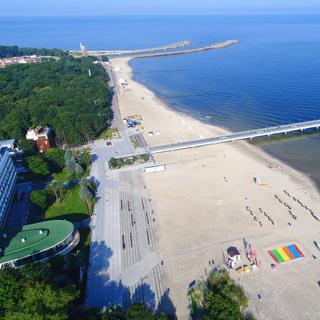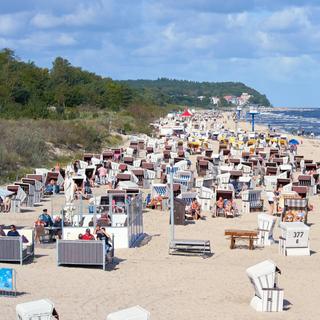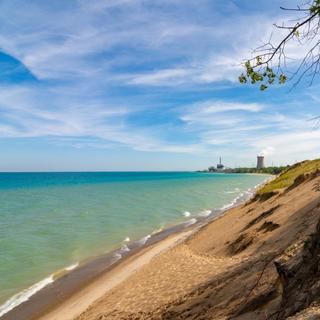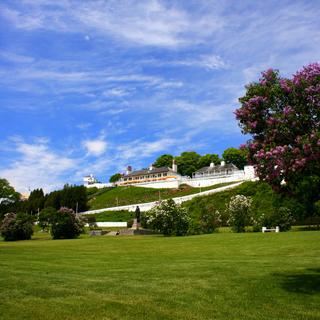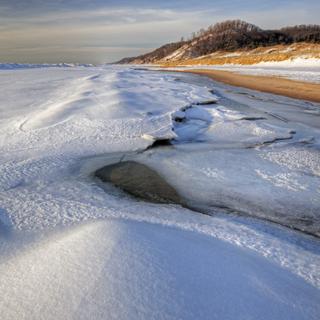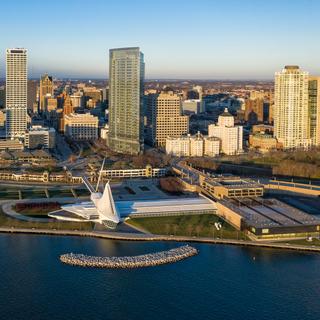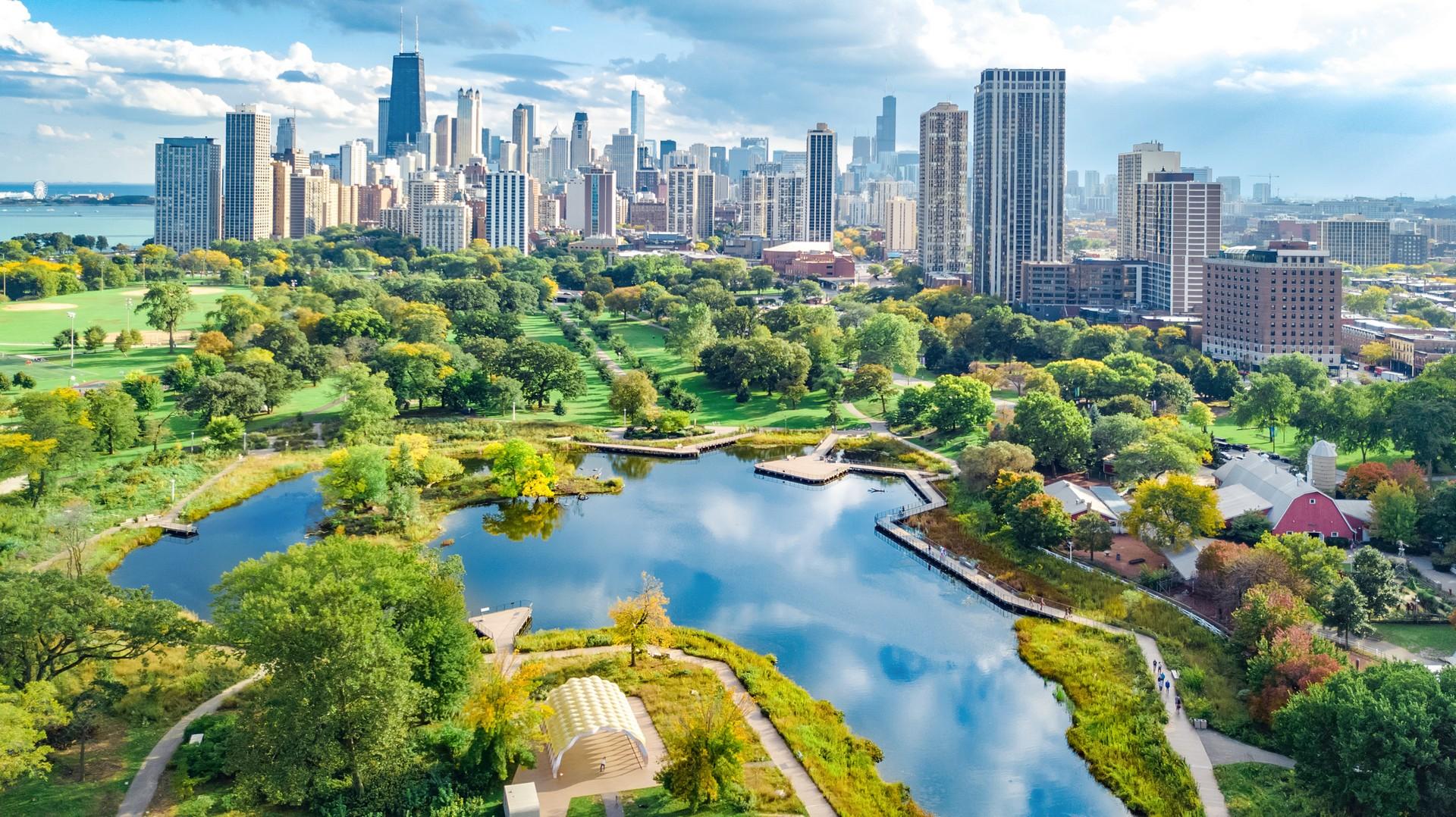
Chicago weather and climate in 2025

Chicago weather and climate in 2025
Day
29 °C
Night
19 °C
Sea
20 °C
Precipitation
100 mm
in month
Rainy days
10 days
in month
Daylight
15 hours
average
Sunshine
10 hours
average
Humidity
70 %
Weather charts for Chicago

Find more destinations like this
Destinations with similar weather to Chicago
Other destinations in Michigan
Closest cities for Chicago
Weather overview for Chicago
Weather overview
The city of Chicago, located in the United States of America, generally enjoys a mild continental climate, characterized by a range of temperatures that vary throughout the year. In the chillier month of January, the daytime temperatures hover around 0 °C (31 °F), while the warmth peaks in July with an average daytime temperature of 29 °C (84 °F). Nighttime temperatures see their highest in July as well (19 °C (66 °F)), whereas January nights are notably colder, dropping to an average low of -8 °C (17 °F). When it comes to precipitation, February claims the title of the driest month, with approximately 9 days of rainfall, whereas April typically sees the most rain, tallying up to 12 days of rainy days.
January weather
January in Chicago witnesses the coldest day temperatures, averaging 0 °C (31 °F), alongside the minimum night temperatures, which plummet to about -8 °C (17 °F). Rainfall quantities descend, following the trend of the previous month, while the number of sun hours without clouds begins to increase.
February weather
With the arrival of February, a gradual increase in both day and night temperatures can be noticed in Chicago, the latter averaging -6 °C (21 °F). Rainfall reaches its yearly low with an accumulation of 47 mm (1.83 in), and the count of rainy days is at its fewest, totaling 9 days. The incremental rise in cloud-free sunny hours is also evident, averaging 5 hours.
March weather
As March arrives, there is a consistent rise in Chicago's day temperatures, now averaging 8 °C (47 °F), and a noticeable increase in night temperatures as well, reaching an average of -1 °C (31 °F). The advent of slightly more rainfall marks the start of an upward trend, resulting in an average precipitation of 62 mm (2.46 in). The frequency of rainy days grows to 11 days, and the duration of sunshine continues to improve from the previous month.
April weather
April in Chicago showcases a continuous rise in daytime temperatures, now averaging 15 °C (60 °F), complemented by an increase in night temperatures, documented at 5 °C (40 °F). The peak in the number of rainy days is evident, reaching 12 days, and the rainfall amount inches up, consistent with the former month, yielding 92 mm (3.62 in). The progression of sunshine hours is also akin to the previous month, totaling 7 hours.
May weather
May ushers in a further rise in day temperatures in Chicago, reaching an average of 21 °C (71 °F), while the night temperatures keep pace, now averaging 10 °C (50 °F). The tourist season is on the brink of commencement. The volume of rainfall climbs inexorably, amounting to 102 mm (4.00 in). The humidity reaches its lowest point for the year this month.
June weather
The arrival of June means the continuum of the ascending day temperatures pattern in Chicago, now at 27 °C (81 °F), and a similar trend for the night temperatures, which average 16 °C (61 °F). The tourist season is in full swing. The downturn in the number of rainy days commences, recorded at 11 days. The highest number of sun hours in the year is also observed, summing up to 10 hours.
July weather
Continuing into the peak of the tourist season, July in Chicago reaches the highest average day temperatures, also marking the zenith of night temperatures—at 19 °C (66 °F). A continued reduction in the number of rainy days is noted, with a count of 10 days.
August weather
In August, Chicago begins to see a gradual cooling, with daytime temperatures averaging 28 °C (82 °F), while the start of cooler nights is also noticeable. The highest rainfall quantities of the year become apparent. The number of sun hours without clouds begins its seasonal descent, and the tourist season is approaching its high point.
September weather
The tourist season extends into September as Chicago experiences a continuing decline in daytime temperatures, averaging 24 °C (76 °F), and night temperatures that maintain a downward trajectory, averaging 13 °C (55 °F). The start of a decrease in rainfall is observed, with 82 mm (3.23 in). The progression of sun hours during the day also decreases.
October weather
October in Chicago sees daytime temperatures descending to an average of 17 °C (63 °F), and night temperatures follow suit, with an average of 6 °C (44 °F). The number of sun hours without clouds continues to wane, and there is no sign of a wet season emerging during this month.
November weather
As November approaches, Chicago's day temperatures maintain their downward trend, now at an average of 9 °C (49 °F), and the night temperatures continue to drop. The commencement of the rising number of rainy days can be discerned, recorded at 10 days. The diminishing number of sun hours without clouds mirrors the pattern set in the previous months.
December weather
December arrives with Chicago experiencing an ongoing decrease in daytime temperatures, now averaging 2 °C (35 °F), and night temperatures that similarly fall, dipping to an average of -6 °C (22 °F). The start of the rain decline is distinguishable, with an average precipitation of 61 mm (2.41 in). The shortest day length of the year is also notable this month.
FAQs
What is the typical daytime temperature in Chicago during January?
In January, the daytime temperature in Chicago typically averages 0 °C (31 °F).
What's the average amount of rainfall in Chicago during February?
The average rainfall in Chicago for the month of February is around 47 mm (1.83 in).
How much does the temperature increase during the nights in March?
The night temperature in Chicago during March increases to an average of approximately -1 °C (31 °F).
How does the night temperature in Chicago change in April compared to March?
April sees a significant increase in Chicago's night temperature, averaging 5 °C (40 °F), which is warmer compared to March's average.
Does May typically feature low humidity in Chicago?
Yes, Chicago experiences the lowest humidity levels of the year during the month of May.
How do the average daily sunshine hours peak in June?
June brings the highest average daily sunshine hours in Chicago with a sum of 10 hours.
Is July among the drier months in Chicago?
Yes, July is among the drier months in Chicago, with fewer rainy days averaging around 10 days.
What is the most dominant weather pattern in August?
The most dominant weather pattern in August is the high rainfall, marking the maximum for the year.
September in Chicago, does it bring a notable decrease in rainfall?
Yes, September in Chicago marks the beginning of the decline in rainfall, with an average of 82 mm (3.23 in).
How does the sunny weather change in Chicago during October?
October brings a continued reduction in the number of cloud-free sun hours in Chicago.
What shifts occur in the duration of sun hours in November?
The number of sun hours in Chicago undergo a significant decrease in November.
What can you tell me about day length variations in Chicago during December?
December features the shortest day lengths of the year in Chicago.
